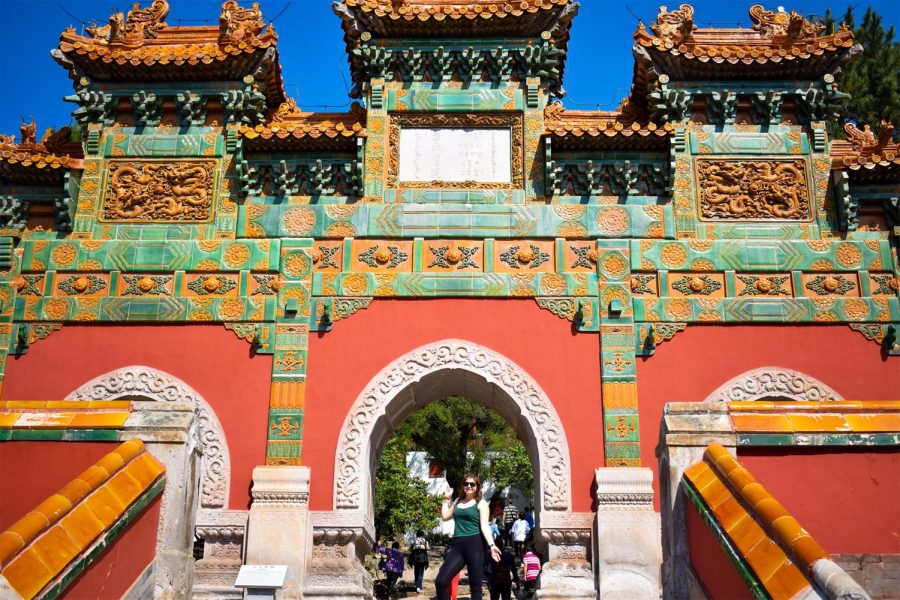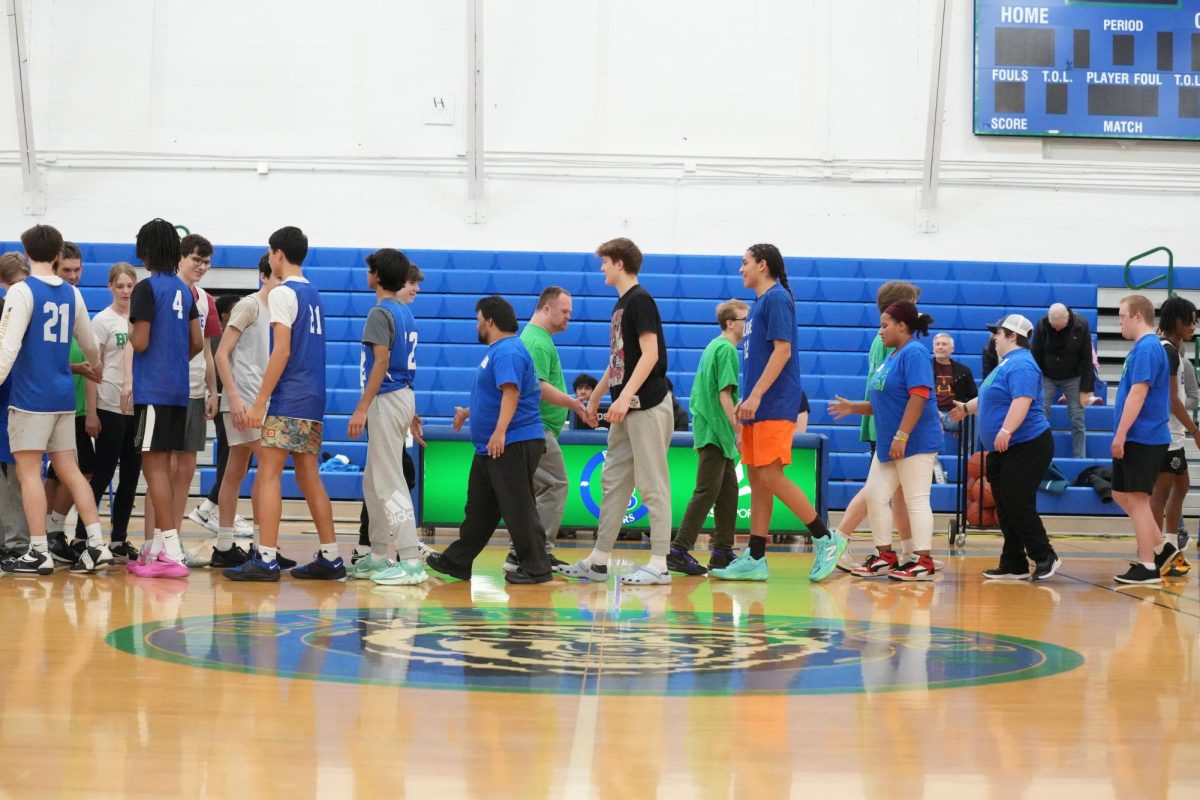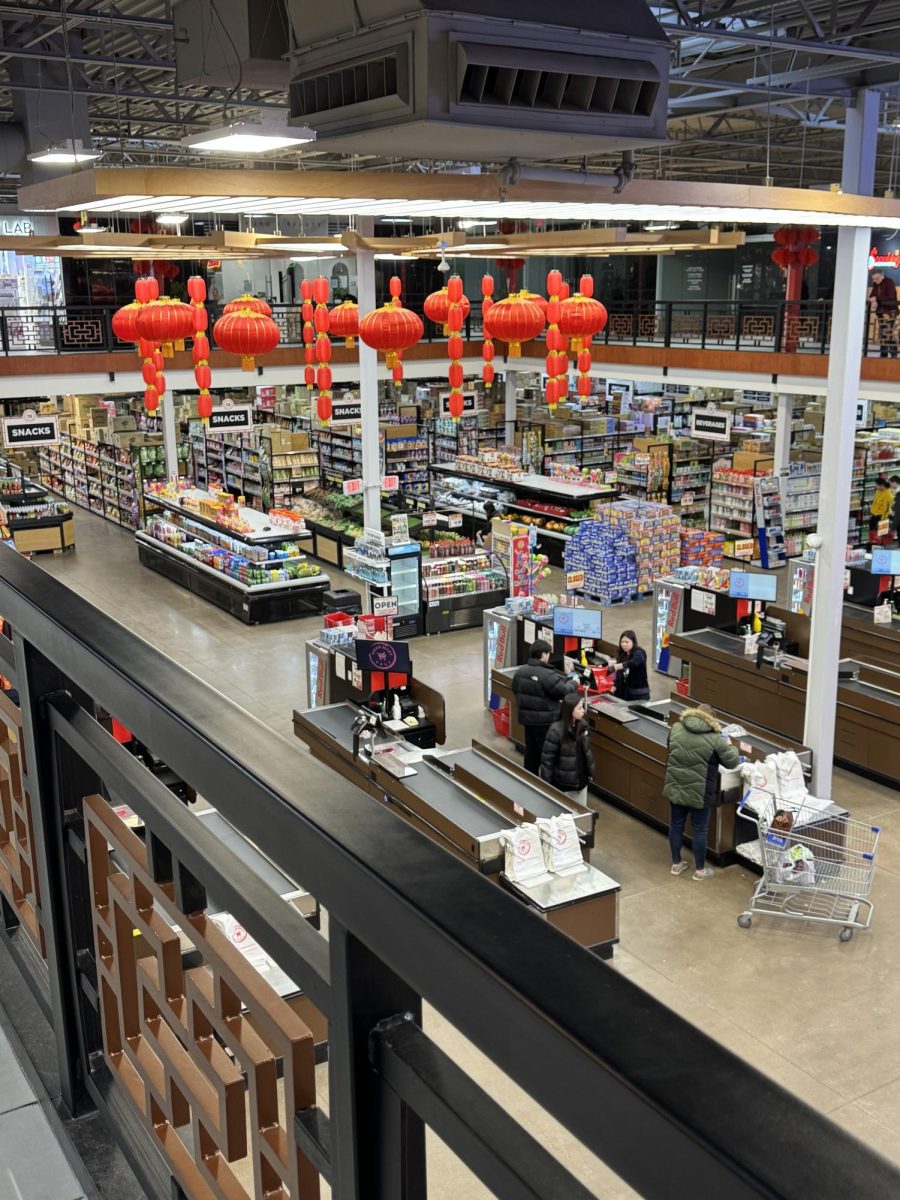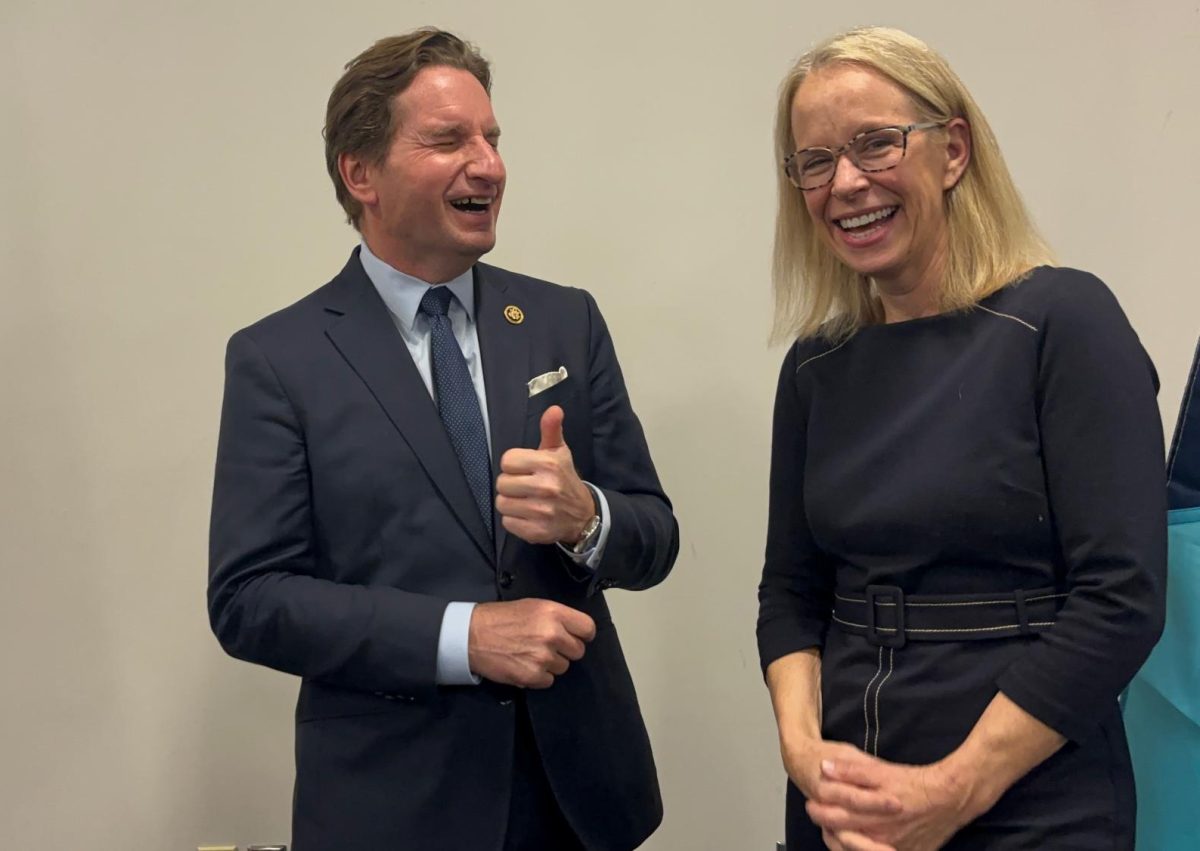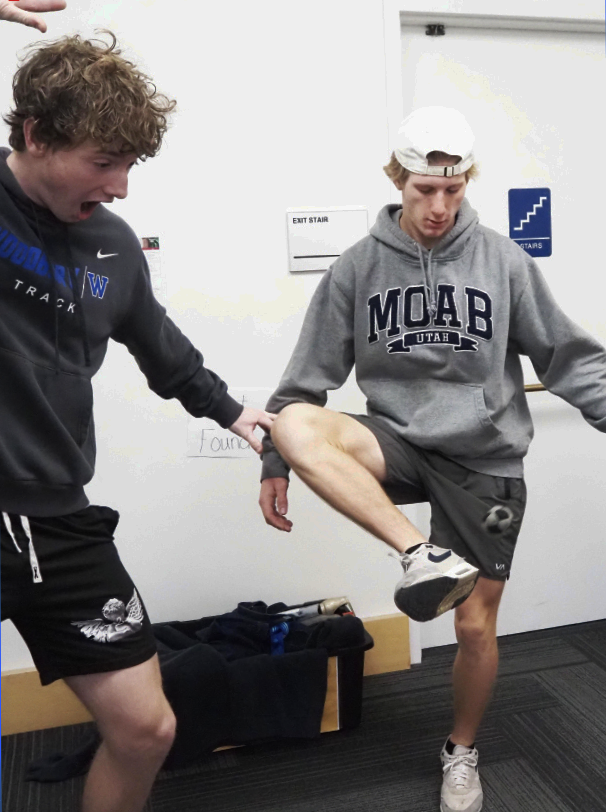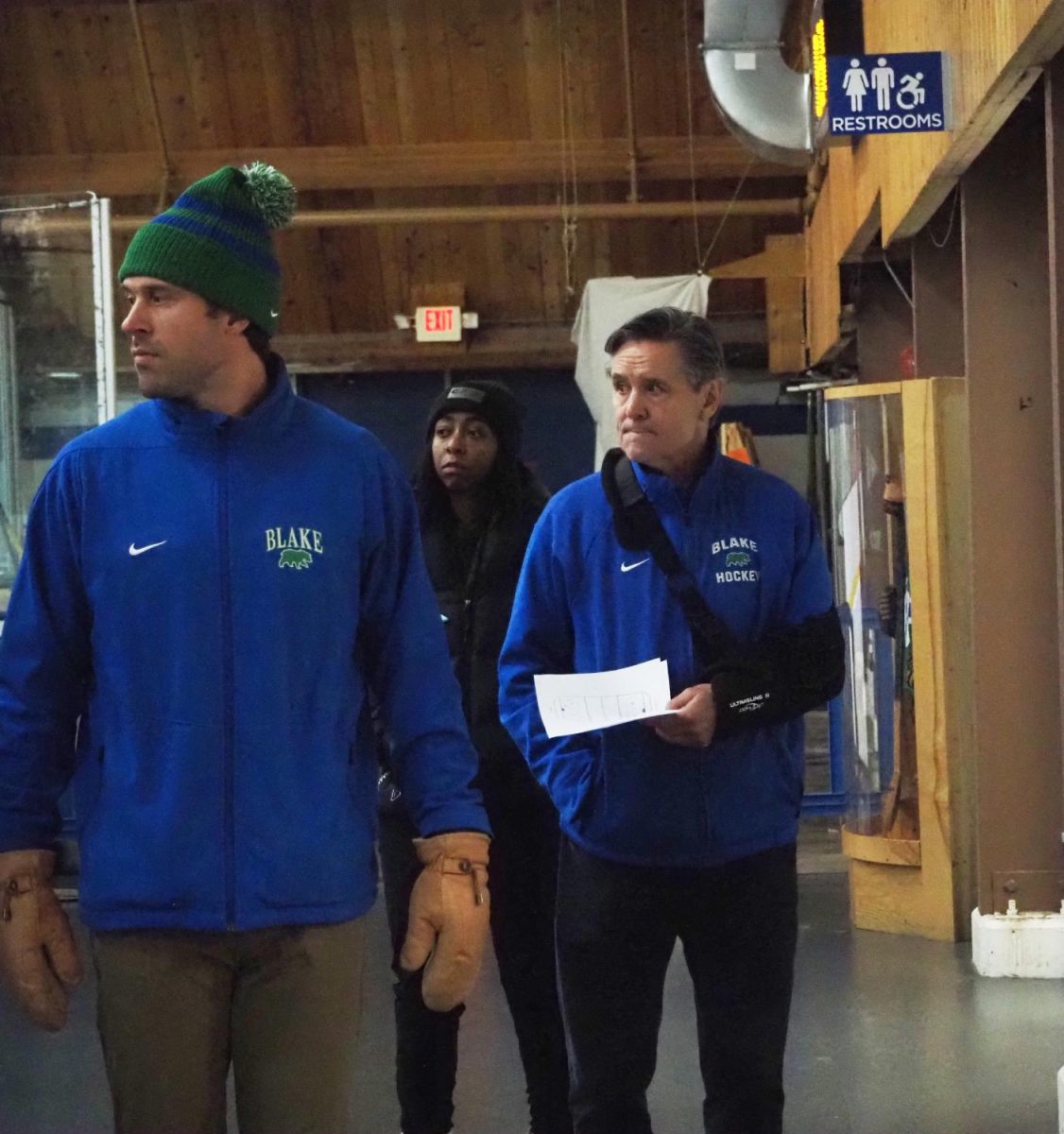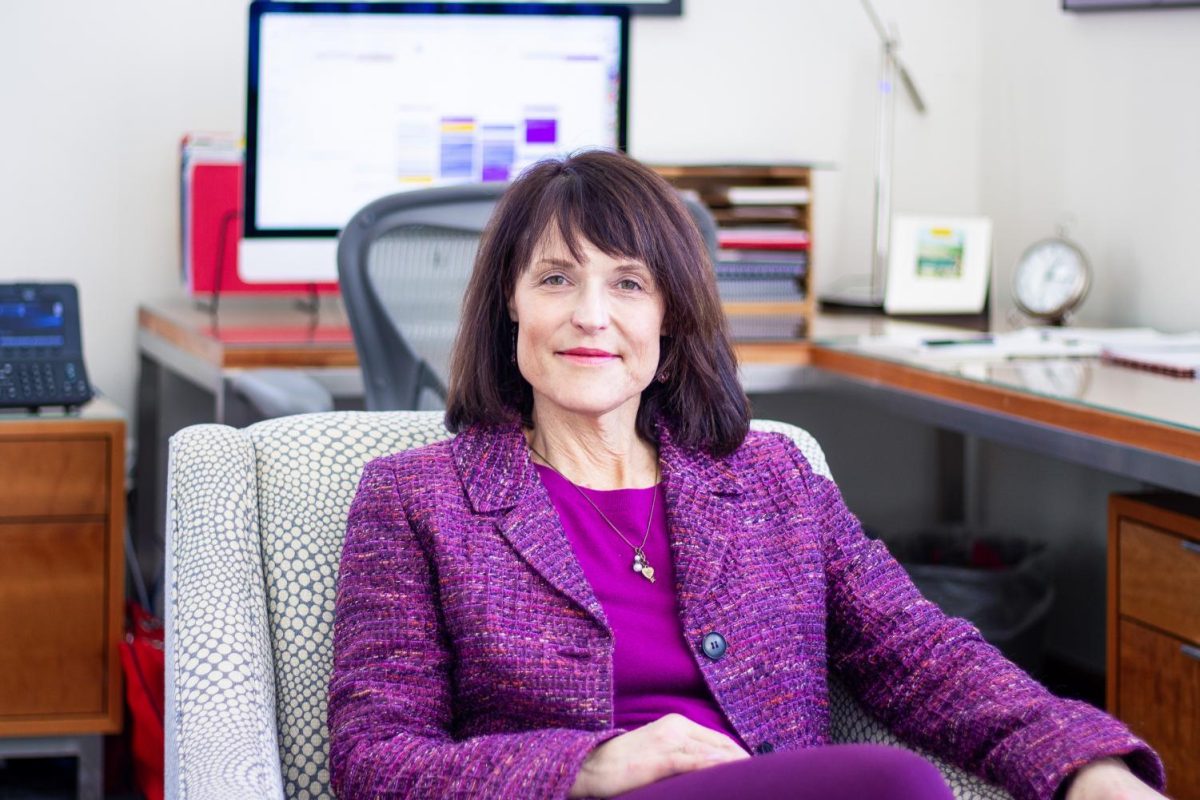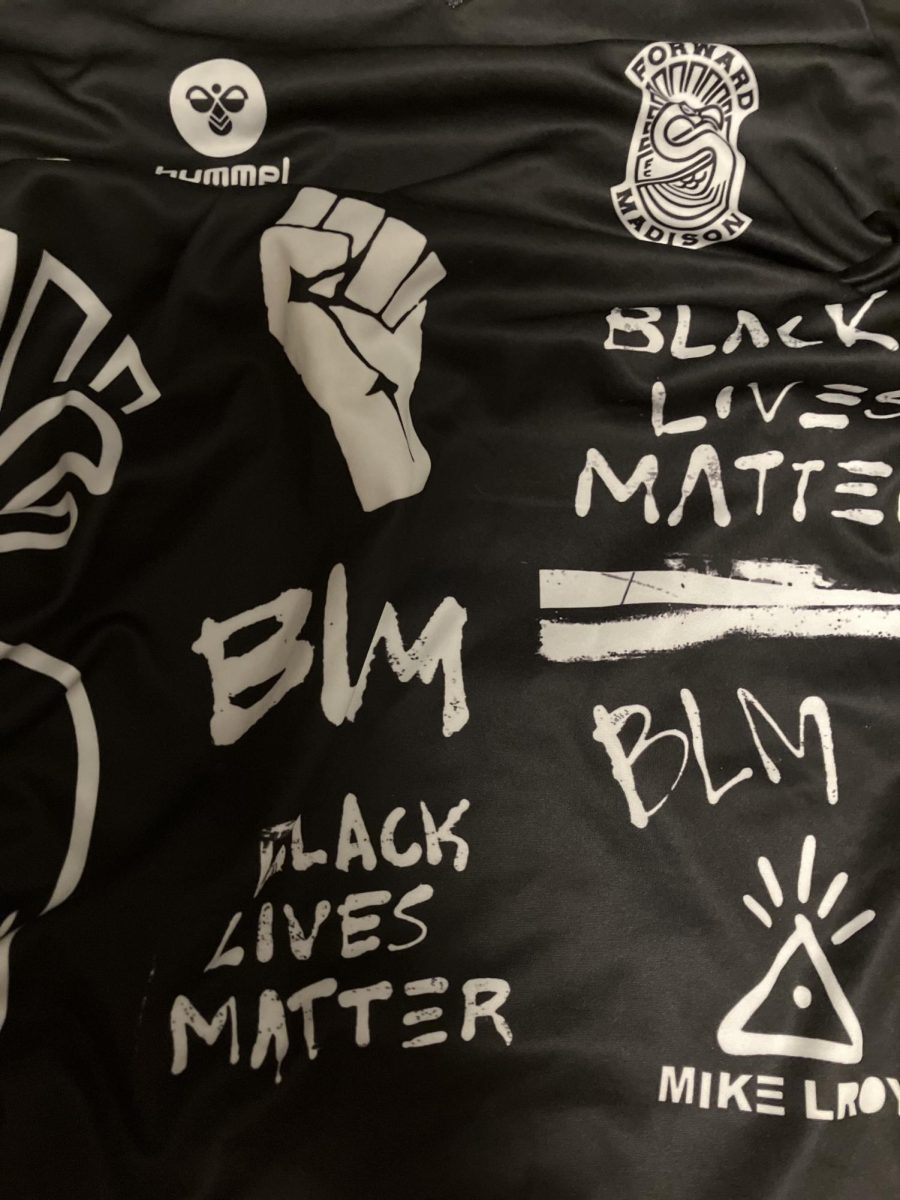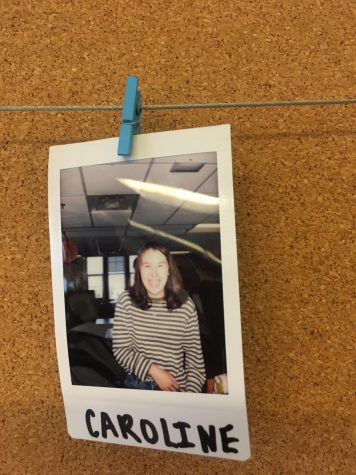You could feel the stress in the air. But the minute we landed, the skies were blue, which we were told was not going to happen and the air felt clean, so it was like ‘okay, I can do this’,” remembers Zoe Feldshon ’21, recalling the 14 hour flight with 14 of her new classmates for a year of immersed learning in the world’s eighth largest city, Beijing, China.
“
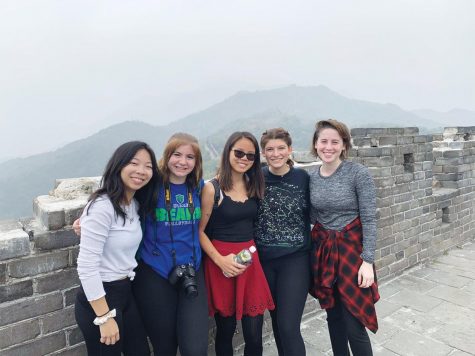
Feldshon was one of 24 mostly American students who participated in School Year Abroad China, the Chinese branch of an organization offering immersion experiences for high schoolers around the world. While in Beijing, Feldshon lived with a host family and attended school at the second high school attached to Beijing Normal University.
Feldshon’s interest in the possibility of studying abroad began after freshman year, and she applied during the late winter of her sophomore year. After being accepted to the program, Feldshon was nervous, but equally excited. She explains, “I honestly didn’t know what to expect. I was contacting people who had done SYA China previously, and they had all said, ‘just go in with an open mind, because all of your expectations will be wrong’…So, I kind of just packed a suitcase and was like ‘okay, let’s go on an adventure.'”
Every morning during the program, Feldshon would throw on her school uniform, a “blue track suit, nice and cute,” eat breakfast, which was “very different than American breakfast, [as it usually consisted of] ramen…or Chinese KFC,” and head to class on the sixth floor of the school.
Feldshon explains that “ultimately we were isolated on our own floor because we didn’t speak enough Chinese to sit in on their classes,” but there were days where SYA students got to shadow and meet Chinese students.
Feldshon explains that “you go to their classes and you get to meet all of the kids who are your counterparts and you find your similarities, your differences, and you talk to them outside of school and they help you find fun things and you hang out with them, but you also have your SYA friends on the top floor.”
After class, SYA students were able to explore the city of Beijing until curfew at 9 p.m. on weeknights. With over 19 million people who call Beijing home, Feldshon explains that “transitioning to city life, I also didn’t know what to expect. Minneapolis is a city, but most of us live in the suburbs.”
With so much freedom came the necessity of responsibility. Feldshon explains that “there was a lot of independence, which also meant that you needed to be on top of your stuff. So, you could go out every night if you wanted to, but you also needed to make sure that you turned in your homework because the amount of Chinese load you have every night is so much.”
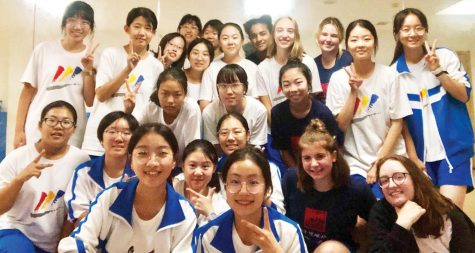
This freedom was abruptly taken away with the arrival of Coronavirus, a flu like disease that has, according to The New York Times, sickened over 87,500 people and spread to at least 60 countries. After going to dinner and karaoke on Wednesday night for a friend’s birthday, “on Thursday morning, my host mom came into my room and was like, ‘you can’t leave the house. You’re going to get sick.’ Throughout each day, it would progress. My host grandma and grandpa would come downstairs every day and not leave because they didn’t want to go in the elevator. My host family didn’t want me to go in the elevator to put my suitcase in the car when I was leaving.” Feldshon continues, “It was chaotic, but not in the sense that everyone was running around. It was almost like you were going crazy in your own head.”
Five days into the quarantine, Feldshon booked a flight home, unsure of the future of the SYA program. Later that night, the program was cancelled completely. “Everyone was frantic, calling their parents and trying to get a flight because we knew that flights were starting to get cancelled. We knew that we just needed to get out in case international borders closed, because if one of us got Corona, the Chinese government would take over this group of 26 Americans and then we have no control. Or, we get stuck in China and there are so many problems in that,” recalls Feldshon.
“We tried to do it in the most organized way possible, but it’s only so organized when you book a flight one day and then are on it the next. No one’s expecting that,” continues Feldshon. All 26 students from SYA China were able to safely return to the United States, though many were placed in quarantine for two weeks upon landing. The close group is “always in contact so it’s almost like we never left, but there’s still this sense of ‘I didn’t get to say goodbye to you,'” reflects Feldshon.
Feldshon made the difficult decision to finish out her junior year at Blake. Upon telling people about her experience, Feldshon remarks that “a lot of people are really insensitive about it. It’s a lot of ‘I’m really glad you’re safe.’ But it’s not about me being safe. It’s about what can we do to help China. My host family can’t buy any more masks. They are completely sold out everywhere. So, how can we help China defeat an epidemic instead of joking about it and making it a social media meme…know your facts, know what’s going on. This is actually affecting people personally. It’s not just a meme on Instagram. It’s a real thing that’s happening.”
Looking back at her entire experience, however, Feldshon is remarkably self-aware and retrospective. She believes that her most unrealistic expectation of spending a year abroad was “that it was going to be rainbows and butterflies and the best experience of my life. It was the best experience of my life, but there were hardships that people don’t talk about in China. It’s really hard to be away from your family, communicating with them like once every two or three days. Forming a relationship with a new family and leaving all of your friends that you’ve known your whole life behind.”
Despite the challenges, Feldshon explains that she will always look back favorably bittersweet on her five months in Beijing: “The hardships make all of the good moments ten times better. It makes the whole experience more memorable.”


